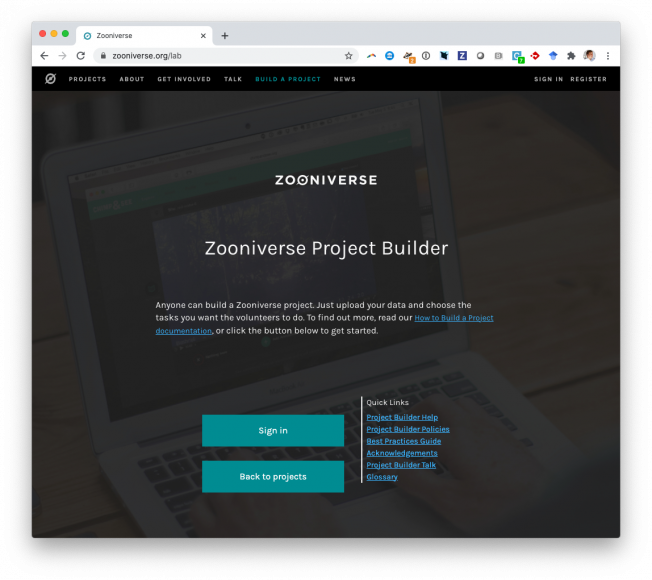Reinventing Discovery: The New Era of Networked Science
NATURE 478:7369 (2011) 320-321
The sudden death of the nearest quasar
Astrophysical Journal Letters 724:1 PART 2 (2010)
Abstract:
Galaxy formation is significantly modulated by energy output from supermassive black holes at the centers of galaxies which grow in highly efficient luminous quasar phases. The timescale on which black holes transition into and out of such phases is, however, unknown. We present the first measurement of the shutdown timescale for an individual quasar using X-ray observations of the nearby galaxy IC 2497, which hosted a luminous quasar no more than 70,000 years ago that is still seen as a light echo in "Hanny's Voorwerp," but whose present-day radiative output is lower by at least two, and more likely by over four, orders of magnitude. This extremely rapid shutdown provides new insight into the physics of accretion in supermassive black holes and may signal a transition of the accretion disk to a radiatively inefficient state. © 2010. The American Astronomical Society. All rights reserved.Galaxy Zoo Supernovae
ArXiv 1011.2199 (2010)
Abstract:
This paper presents the first results from a new citizen science project: Galaxy Zoo Supernovae. This proof of concept project uses members of the public to identify supernova candidates from the latest generation of wide-field imaging transient surveys. We describe the Galaxy Zoo Supernovae operations and scoring model, and demonstrate the effectiveness of this novel method using imaging data and transients from the Palomar Transient Factory (PTF). We examine the results collected over the period April-July 2010, during which nearly 14,000 supernova candidates from PTF were classified by more than 2,500 individuals within a few hours of data collection. We compare the transients selected by the citizen scientists to those identified by experienced PTF scanners, and find the agreement to be remarkable - Galaxy Zoo Supernovae performs comparably to the PTF scanners, and identified as transients 93% of the ~130 spectroscopically confirmed SNe that PTF located during the trial period (with no false positive identifications). Further analysis shows that only a small fraction of the lowest signal-to-noise SN detections (r > 19.5) are given low scores: Galaxy Zoo Supernovae correctly identifies all SNe with > 8{\sigma} detections in the PTF imaging data. The Galaxy Zoo Supernovae project has direct applicability to future transient searches such as the Large Synoptic Survey Telescope, by both rapidly identifying candidate transient events, and via the training and improvement of existing machine classifier algorithms.The Sudden Death of the Nearest Quasar
ArXiv 1011.0427 (2010)
Abstract:
Galaxy formation is significantly modulated by energy output from supermassive black holes at the centers of galaxies which grow in highly efficient luminous quasar phases. The timescale on which black holes transition into and out of such phases is, however, unknown. We present the first measurement of the shutdown timescale for an individual quasar using X-ray observations of the nearby galaxy IC 2497, which hosted a luminous quasar no more than 70,000 years ago that is still seen as a light echo in `Hanny's Voorwerp', but whose present-day radiative output is lower by at least 2 and more likely by over 4 orders of magnitude. This extremely rapid shutdown provides new insights into the physics of accretion in supermassive black holes, and may signal a transition of the accretion disk to a radiatively inefficient state.Galaxy Zoo 1 : Data Release of Morphological Classifications for nearly 900,000 galaxies
ArXiv 1007.3265 (2010)



